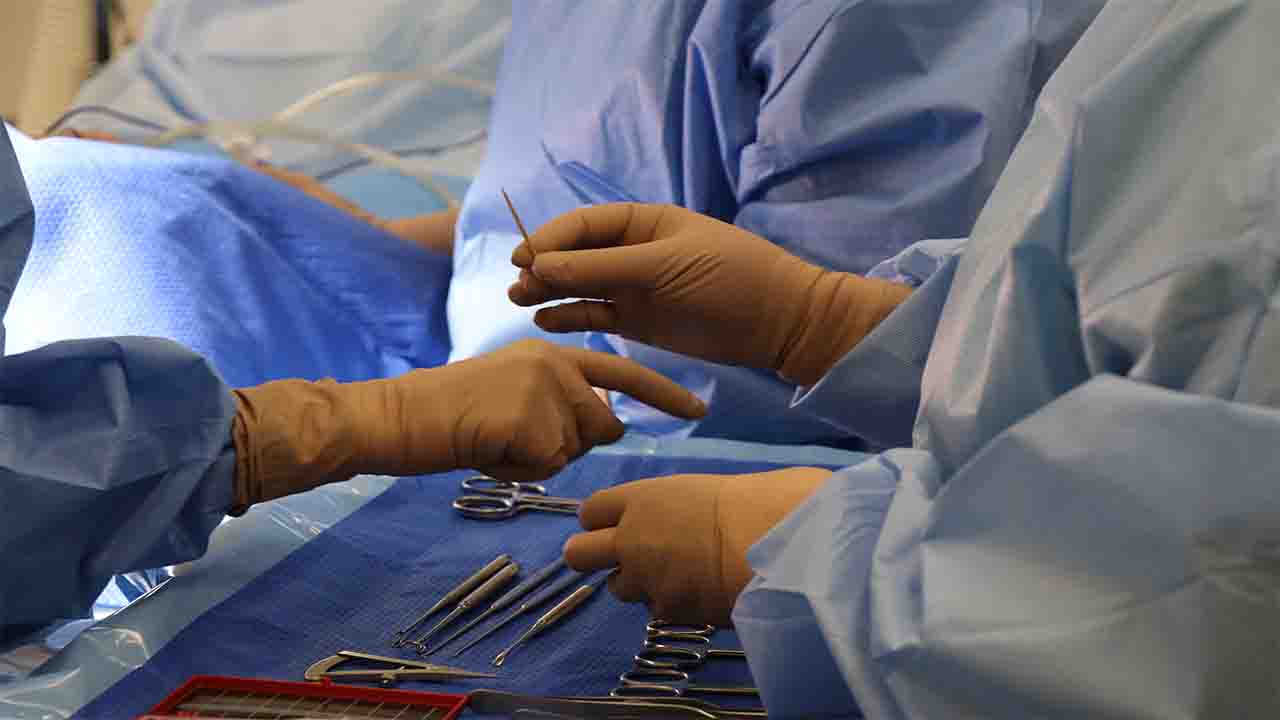Health Singapore (Commonwealth Union) – Innovators from the National University of Singapore (NUS) Take Inspiration from Nature to Unveil Groundbreaking ‘eAir’ Aero-Elastic Sensor Revolutionizing Pressure Detection.
In a pioneering feat, researchers at the NUS have unveiled an innovative aero-elastic pressure sensor christened as ‘eAir’. This cutting-edge technology holds the potential to reshape the landscape of minimally-invasive surgeries and implantable sensors by squarely addressing the challenges plaguing conventional pressure sensing methods.
Researchers stated that the eAir sensor presents a paradigm shift in precision and dependability across a spectrum of medical applications. It stands poised to usher in a new era of laparoscopic surgeries, infusing surgeons with tactile feedback for refined manipulation of patient tissues, consequently elevating accuracy. Furthermore, this sensor introduces a less intrusive mode of monitoring intracranial pressure (ICP), a pivotal health metric for individuals grappling with neurological disorders, thus enhancing patient well-being.
Guided by the leadership of Associate Professor Benjamin Tee, hailing from the NUS College of Design and Engineering and NUS Institute for Health Innovation & Technology, the research consortium’s breakthroughs recently appeared in the scientific journal Nature Materials, with the publication in August this year.
Conventional pressure sensors have persistently grappled with precision issues. Their capacity to deliver consistent readings is frequently compromised, often yielding disparate results even when subjected to the same pressure repeatedly. Subtle pressure fluctuations often elude their detection, precipitating substantial errors. To add to the conundrum, these sensors are commonly constructed from rigid and mechanically inflexible materials.
Stepping up to tackle these pressing issues in pressure sensing, the NUS team sought inspiration from the captivating ‘lotus leaf effect’. This remarkable natural phenomenon witnesses water droplets gliding effortlessly off the leaf’s surface due to its microscopic water-repellent structures. Drawing from this phenomenon, the research team engineered a pressure sensor that promises a notable enhancement in sensing performance, mirroring the lotus leaf’s innate capabilities.
“The sensor, akin to a miniature ‘capacity meter’, can detect minute pressure changes — mirroring the sensitivity of a lotus leaf to the extremely light touch of a water droplet,” said Associate Professor Tee.
Revolutionary ‘eAir’ Sensor Deploys Innovative ‘Air Spring’ Architecture, Pioneering an ingenious ‘air spring’ configuration, the eAir sensor ingeniously harbors an encapsulated air layer, morphing into an air-liquid interface upon interaction with the sensor’s liquid component. As external pressure mounts, this entrapped air stratum compresses, orchestrated by a surface treatment that facilitates frictionless movement within the sensor. This orchestrated action sets in motion a shift in electrical signals, faithfully mirroring the applied pressure. Harnessing this design, the innate water-repulsion properties akin to the lotus leaf have been ingeniously harnessed, sculpting an elegant and uncomplicated pressure-sensing instrument.
Remarkably compact, eAir devices can be engineered to diminutive dimensions, scaling down to just a few millimeters. This feat aligns harmoniously with the proportions of existing pressure sensors in the market.
This innovative technology ushers forth an extensive array of real-world applications. Notably, in the domain of laparoscopic surgeries where precision hinged on tactile feedback is non-negotiable, the integration of eAir sensors can potentially bestow a new dimension of safety to surgical procedures. The ripple effect extends to enriched patient recuperation and prognoses.
Assessing the implications, Associate Professor Tee, hailing from the NUS Department of Materials Science and Engineering, and also the NUS Institute for Health Innovation & Technology, emphasized, indicated that navigating surgeries with graspers introduces its own set of complexities. Exacting control and meticulous grasp of applied forces remain paramount, yet conventional instruments may occasionally fall short, prompting surgeons to lean heavily on experience, and perhaps even intuition. The incorporation of pliable and seamlessly integrable eAir sensors, however, holds the potential to be a transformative factor.
Incorporating the wisdom of nature’s design, the eAir sensor stands poised to leave an indelible imprint on the realm of pressure sensing, encapsulating precision, ingenuity, and unwavering efficacy.
The NUS researchers are setting the foundations to working together with significant players from the medical field.








